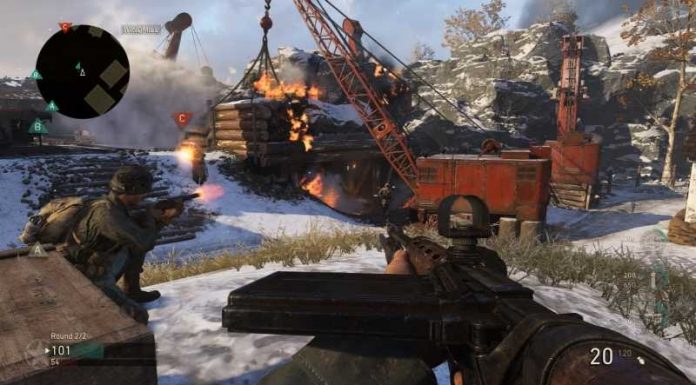So momentous was Doom’s impact that PC gaming itself can be rather cleanly divided into two eras: before Doom, and after it. id Software’s December ‘93 atom bomb of a first-person shooter plunged players into a viscerally realistic, 3D-feeling world the likes of which we’d never known. And as with PC gaming itself, many of us felt changed forever.
Doom outright innovated many concepts and popularized some existing ones. Among these were non-orthogonal texture-mapped walls, varying floor and ceiling heights, distance-based light diminishing, competitive and cooperative play via either modem or IPX networking, an optional three-screen mode(!), unprecedented openness to player modding, an innovative shareware distribution method, and extremely responsive, simultaneous mouse/keyboard controls. As a seasoned player of the totally flat Wolfenstein 3D, I remember a pre-release Doom screenshot that showed a multi-tiered room leaving me in awe that such a realistic, 3D space could be rendered in a video game.
It wasn’t just a looker. Doom’s action was exciting, scary, and fast as hell, with terrific gamefeel and weapon/monster balance amid moody, evocative mazes that seared themselves into players’ memories. The core action gameplay is literally perfect, as satisfying a shooter as has ever been crafted. (1994’s Doom II built onto that rock-solid base with some additional, appreciated variety.) That id Software got so much, so right here feels miraculous.
Doom required a fairly hefty PC to run at its maximum 35 frames per second, becoming perhaps the early example of a PC game driving players’ hardware upgrades. It makes sense, though, as everyone wanted to plumb the dark depths of this artifact from the future for themselves. — AH























